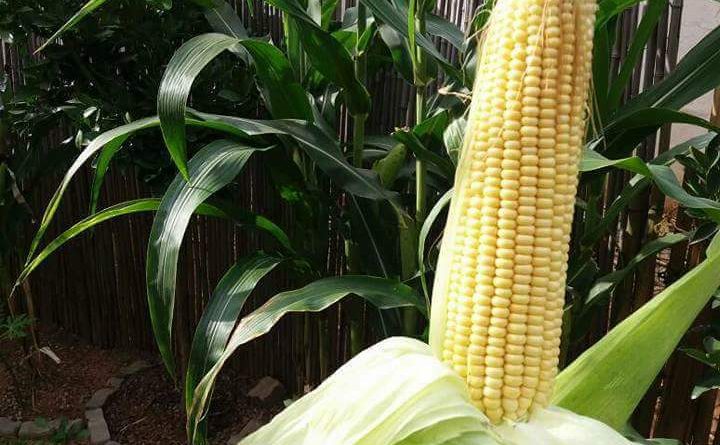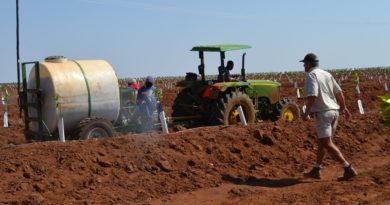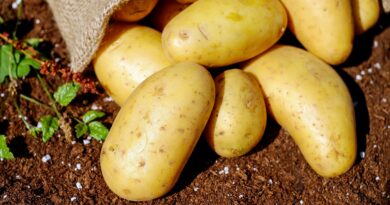What is conservation farming?
The FAO define CA as:
Conservation Agriculture is a farming system that promotes maintenance of a permanent soil cover, minimum soil disturbance (i.e. no tillage), and diversification of plant species. It enhances biodiversity and natural biological processes above and below the ground surface, which contribute to increased water and nutrient use efficiency and to improved and sustained crop production.
How does CA work and what are the various techniques, if any, of CA
CA works by implementing a serious of sustainable practices applied through predefined principles that aim to preserve the soil, lessening the reliance on Fertilization and correction later on that can be hugely expensive.
CA principles that I live by were instilled in my heart by foundations for farming in Zimbabwe.
Minimum soil disturbance
Apply Mulching
Crop Rotations
High management
Which equipment is used in CA?
At entry level all that’s needed is a hoe and passion. However in later years we have seen the development of CA machinery, minimum tillage planters/ploughs/rippers and so on. There must be room for technology based solutions for CA to sustain and instil itself in the wider community.
What are the advantages and benefits of CA
Preservation of the soil
Preservation of friendly insects
Reduced reliance on chemical pest solutions (holistic approach to IPM)
Potentially higher yields for less expense
Reduced damage to soil fertility
Reduced soil erosion
Maximized soil moisture retention
To name just a few, the beauty is the benefits compound upward year on year
How did you get into CA farming
I attended a CA course in Zimbabwe at foundations for farming a few years ago, the experience and what I learned and saw left me in no doubt that CA is the key to feeding the ever growing world population. My initial efforts where focused at poverty reduction and household food security however I have trialled and moving forward with more commercial/conventional collaborations.
Do you use chemical fertilizers, personally yes I do but not always, why? Because land fertility varies, I believe in a meshed collaboration approach and whilst applying CA I believe that no practice stands alone as conditions vary from one farm to another. I want farmers to maximise profit whilst minimising damage.
What variety of crops do you grow with this method?
I have successfully grown most crops and vegetables using CA the principle can be applied to anything you grow even fruit trees, that’s what’s wonderful about it.
How do you manage pests and disease?
A holistic approach to IPM
Strict CA principles to preserve predator pest populations
High management and daily crop checks for early warning
Application of home remedies before chemical ones
And as a last resort chemical spraying when the crop is at risk.
Again I advocate a holistic approach.
Does adoption of CA lead to increased compaction of agricultural soils?
I don’t believe so, the opposite in fact is true as mulching the ground ensures that season on season more organic matter is going into the soil roots at the mulch decomposes consequently aerating it, especially if there is no mechanical activity compacting the soil.
Where nutrient are supplies coming from under CA cropping systems?
Natural fertility
Environmental such as atmospheric nitrogen
Crop Rotations (legumes)
Soil self repair year on year
Is it true that farmers typically must wait 4-5 years until agricultural yields reach those attained under successful conventional agricultural systems?
Potentially that is true however a number of factors need to be considered.
Current fertility of soil
Level of fertilisation
CA promotes soil repair, slows soil erosion so as to preserve existing soil nutrient reserves lessening the need to top up with fertilisers.
As conventional farming erodes the balance of the soil it requires more and more to produce the same yield so there is a point where the two baselines meet and CA performs better as it continues to promote soil recovery
Are there increased pest and weed problems under CA?
No. Weeds can be less due to mulching. Pests can be less due to preservation of natural predator insect, birds and animals
Why should one consider adopting CA if adequate yields and profits are being realized using conventional practices?
Longevity of your soil, it cannot continue to maintain those levels year on year as the nutrient base is being depleted so being corrected year on year with higher Fertilization
Doesn’t conservation agriculture only work for growing grain crops?
No it works for everything that’s grows, even flowers
Doesn’t conservation agriculture only work for large-scale mechanized farms?
Not at all, it works best at Grassroots level before damage is done
Isn’t tillage necessary for increasing water infiltration and soil aeration?
Not necessarily. Can it help, yes of course but at the cost of other things.
Are chemical herbicides necessary in order to control cover crops before planting primary food crops under conservation agriculture?
Again not necessarily, manual weeding, high management and mulching can successfully achieve the same.
Are nutrient losses higher under conservation agriculture?
The opposite as with crop Rotations replenishment occurs
What are your future plans regarding CA?
To continue to drive it as a model for poverty reduction, to continually adapt it for conventional and commercial application
What are the recommended first steps one should take when considering a transition to conservation agriculture?
Understand it’s ethos, define your principles and stick by them.
If starting new with CA, take small steps at a time. For example, Start with a portion of your farm and monitor it against your current processes and then expand as you see the results and learn to manage CA efficiently.



